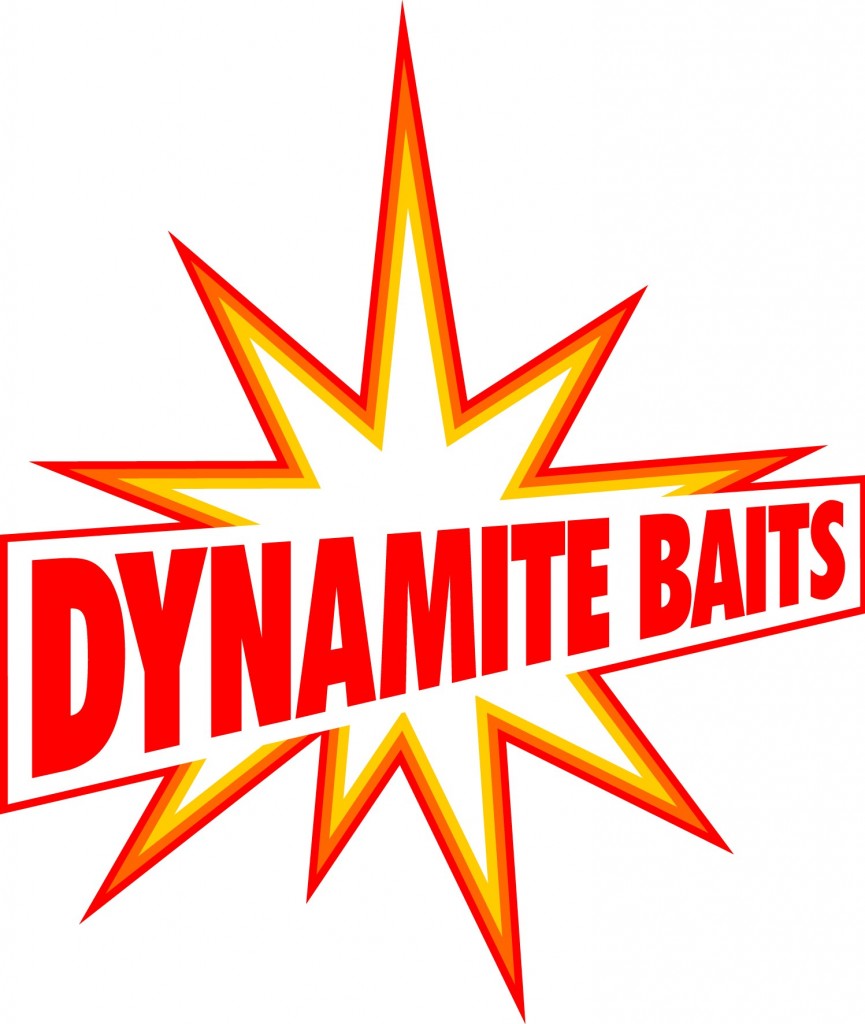20 tips to catch more bream!posted on 21 January 2017 | posted in Hints and TipsAutumn is a brilliant season for bream, with September the best month of all. The fish will be feeding hard before the temperatures drop and if you get it right, a big bag is on the cards. Follow our advice and catch slabs this weekend… 1 Of all coarse fish species, bream respond the best to pre-baiting. Try introducing bait the evening before fishing and by dawn the fish should be in the area. 2 If you're looking for an edge on a hard day, try mixing your groundbait on the dry side. When it hits the water it will 'explode' and create an enticing cloud. 3 If the venue you are fishing is visited regularly by the public, try fishing where ducks are fed. The fish will have got used to finding what's left over and the area will be a hot-spot. 4 Carpers often refer to bream as nuisance fish because they pick up boilies intended for carp. Use this to your advantage by using mini boils. 5 Bream love pellets. Introduce micro-sized ones to any feed because it will keep the fish in the swim for ages. 6 You can fish pellets on the hook, too. A pellet band is by far the easiest way of doing this. 7 Wind direction plays a huge part in where fish are likely to be. As a general rule, set-up with the wind blowing into your face as this is the area where natural food is likely to be blown in to. 8 Here's a good trick to try on a tough day. Put three floating maggots on a size 14 hook and fish a 4ft tail on your feeder rig. The slow fall of the bait through the water can fool wary fish. 9 Bream love food! If you're fishing a noted bream water don't be afraid to introduce a significant amount of bait. Particles like hemp, corn and pellets are a good idea because they'll keep fish grazing in the area. 10 Accuracy is hugely important when bream fishing. First make a cast without any bait in the feeder and then place the mainline in the reel clip. That way you will ensure you reach the identical distance each cast. 11 With distance sorted, you can now make sure you are in the same area by picking a far bank marker, like a tree, and aiming for it on each cast. 12 Try and feather your line as the feeder hits the water. This minimises impact and will keep more of the bait in the feeder until it reaches the lake bed. 13 If you're fishing out of range of a catapult, set up your feeder rig (minus the hook) and make 15 or so casts to the same spot. This is the most accurate way of building a swim. 14 If bites suddenly dry up during a feederfishing session, try swapping the feeder for a bomb. It can restart the action again. 15 Although traditionally a bottom-feeding species, bream will sometimes feed in the upper layers of the water. If this is the case, either lengthen your hooklink to allow a slower drop through the water or remove the lead from you feeder altogether. 16 If you're fishing with a quivertip set-up, bring your rod down to one side just as the feeder hits the water. Now you can place your rod on its rests without moving the feeder from where it has landed. 17 After a few minutes without a bite, move your feeder with a couple of turns of the reel handle. A moving bait often provokes a bite. 18 Bream will often giveaway their location by rolling on the surface. Dawn is a great time to pinpoint where the fish are feeding. 19 Bream are a nocturnal species and will often become more active under the cover of darkness. 20 Line bites are frequent when a big shoal of bream has moved into your swim. Resist the temptation to strike at small plucks and wait for the tip to properly pull around.
|








.jpg)
.jpg)





